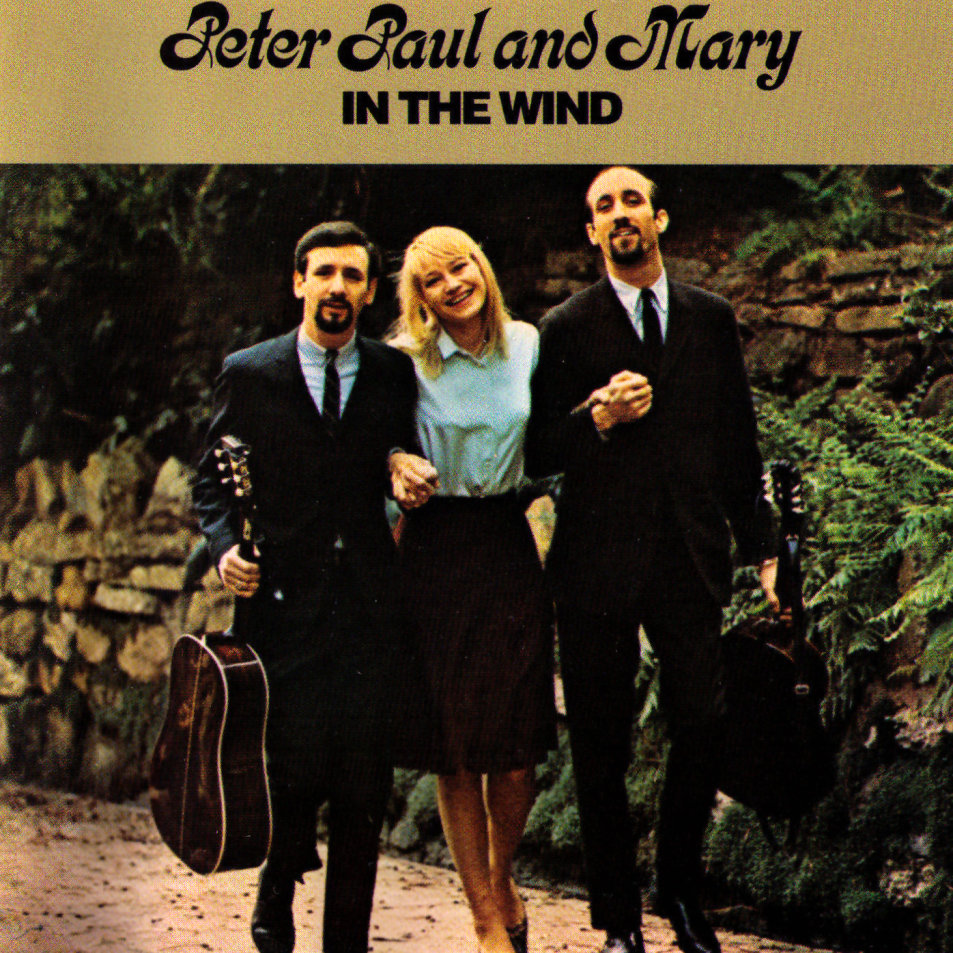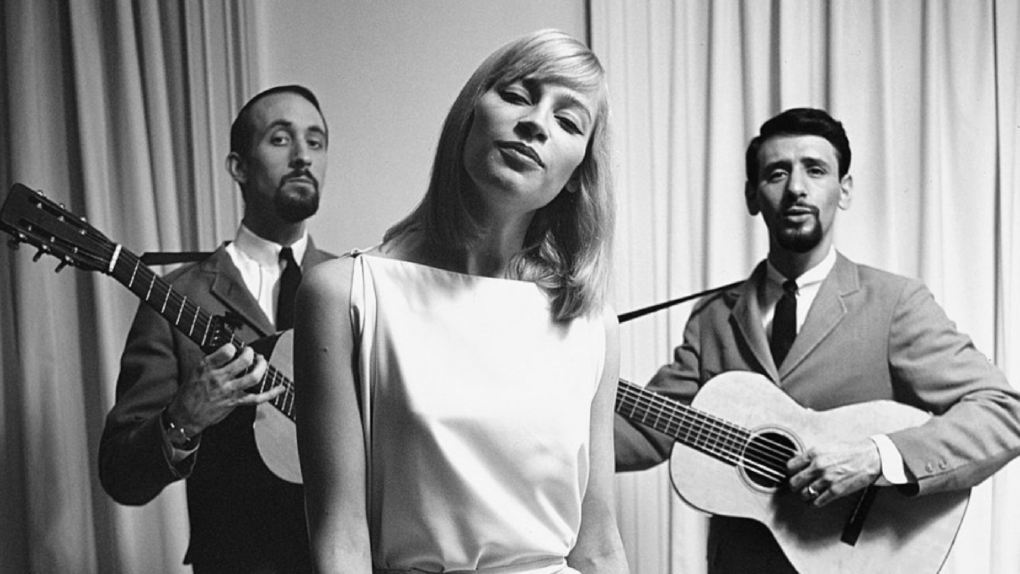If you were under the impression that manufactured pop groups were an invention of the 1980s or 90s, let’s go back to 1961.
Albert Grossman, a manager of several rock & roll acts and an astute businessman, perceived a gap in the musical market: adults listened to laid-back crooners and jazz, while the newly-labelled “teen-agers” listened to high-energy rock & roll. There was a distinct lack of options, Grossman thought, for people in their twenties. People who had grown out of fluffy, hormone-driven rock, but didn’t want to listen to their parents’ music.
Highly attuned to the burgeoning folk music scene, Grossman set out to manufacture a group that could offer politically powerful music that was delivered in a pleasant package with nice harmonies.
He held auditions with particular character types in mind; he needed two males, one serious and one more lighthearted, and an introverted female. He found the perfect candidates in Pete Yarrow, Noel Stookey, and Mary Travers, and immediately began molding them into the image he’d constructed in his mind.
Grossman managed their image with a precision that would impress even the most brand-focused boy band impresario of the 90s. Mary, the introverted one, was prohibited from going outside while recording in Florida so that she wouldn’t get a tan, which would be out of keeping with her introverted image. Noel, meanwhile, would go by his middle name, because “Peter, Noel, and Mary” just didn’t have the right ring to it.
With the names sorted out and the skin un-tanned, all the trio needed were some radio hits.
For this, Grossman went to another artist he was managing: a folk singer named Bob Dylan whose voice was an acquired taste, but whose lyrics perfectly captured the shifting politics of the time.
Peter, Paul, and Mary scored two top-ten hits with their versions of Dylan’s “Blowin’ in the Wind” and “Don’t Think Twice, It’s Alright.” Their own popularity would fade within a couple of years as the British invasion began, but their popularizing of Dylan’s work catapulted that singer to another stratosphere.
The cynic in me cringes at the fact that a manufactured folk band is largely responsible for the career of someone like Bob Dylan, and for the success of a song like “Blowin’ in the Wind” that played such a huge role in the push for civil rights in America.
But the optimist in me thinks that if an important message needs a shiny package in order to reach the people who need to hear it, maybe that’s okay.
What makes this a beautiful song:
1. The lyrics come from Dylan’s own heartbreak. His girlfriend (who appeared on the cover of the original song’s LP) went to Europe for months without him, leaving him to wonder if she’d ever come back.
2. It’s all a matter of taste, but there are some things that the manufactured folk machine of Peter, Paul, and Mary do better here than in the original. Dylan’s guitar playing, hurried and unpolished, is traded in for the clean, multi-tracked guitars panned left and right.
3. Dylan’s nasal voice is traded in for Peter, Paul, and Mary’s three-part harmonies.
(And, if I can add a fourth, Dylan’s harmonica is traded in for…no harmonica.)
Recommended listening activity:
Drinking cheap wine from a fancy glass.

